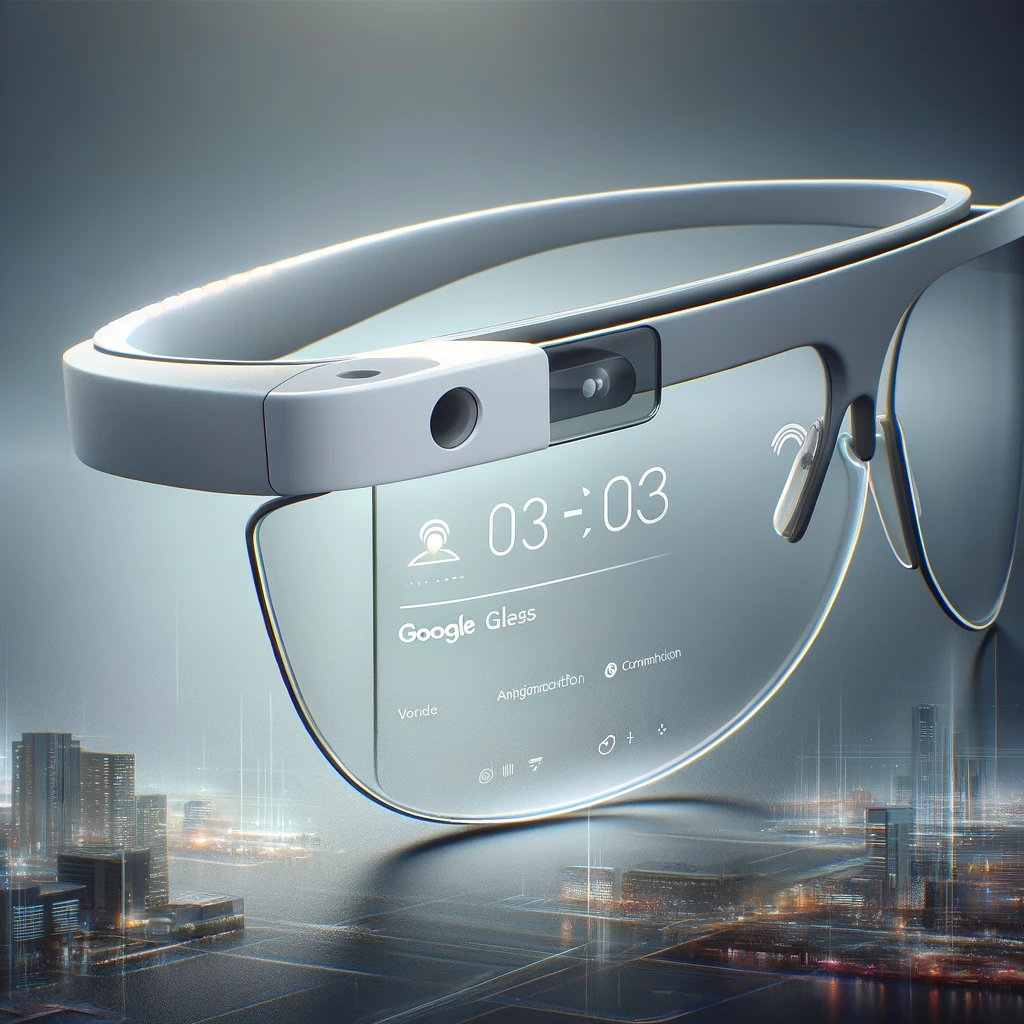
Google Glass represents a significant leap in the evolution of wearable technology, setting a benchmark for what smart eyewear can achieve. As a pioneer in this space, Google Glass has introduced a new way of interacting with the digital world, blending the physical and virtual realms in a manner that is both innovative and intuitive.
At its core, Google Glass is designed to offer hands-free access to information. This feature alone marks a considerable advancement in how we engage with technology. Instead of being tethered to a smartphone or a computer, users can access a wealth of information through a small, unobtrusive display positioned just above the line of sight. This allows for a level of multitasking and immediate access to data that was previously unimaginable.
The navigation capabilities of Google Glass are a testament to its utility and futuristic vision. By using voice commands or simple head movements, users can explore maps, get directions, and even receive real-time updates on their journey, all without the need to look down at a device. This functionality is not just convenient; it represents a paradigm shift in how we interact with our environment, enabling a more connected and informed experience as we move through the world.
Communication is another cornerstone of Google Glass’s functionality. The ability to send and receive messages, make calls, and even participate in video chats without needing to use your hands changes the dynamics of how we connect with others. It ensures that users can stay in touch while on the go, without the need to interrupt their activities or compromise their engagement with the immediate environment.
Perhaps one of the most captivating features of Google Glass is its ability to capture photos and videos. This capability allows users to document their experiences and viewpoints in a way that is as close as possible to their natural perspective. The ease with which one can record a moment, without the need to reach for a camera or smartphone, not only adds a layer of convenience but also enhances the authenticity and immediacy of the captured content.
Despite its groundbreaking features, Google Glass has faced its share of challenges and criticisms, particularly concerning privacy and social etiquette. The idea of having a wearable device that can record videos or take pictures discreetly has sparked debates about surveillance and the boundaries of personal space. These discussions are crucial as they shape the ongoing dialogue about the integration of such advanced technologies into everyday life.
Google Glass has laid the groundwork for what smart eyewear can become. It has opened up new possibilities for interacting with information, our surroundings, and each other. As technology continues to evolve, the legacy of Google Glass will undoubtedly influence future iterations of smart eyewear, pushing the boundaries of what is possible and reshaping our expectations of wearable devices. The journey of Google Glass, from its inception to its impact on the tech landscape, reflects the continuous quest for innovation and the ever-changing relationship between humans and technology.